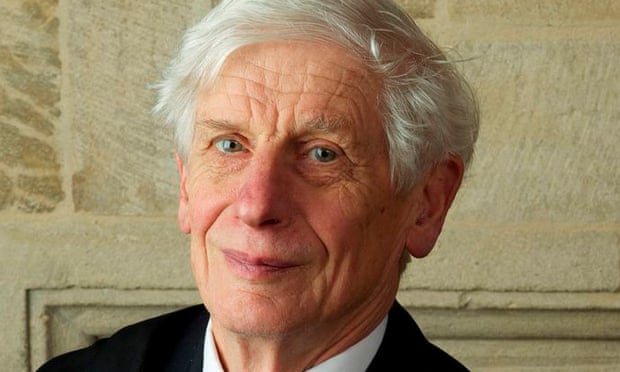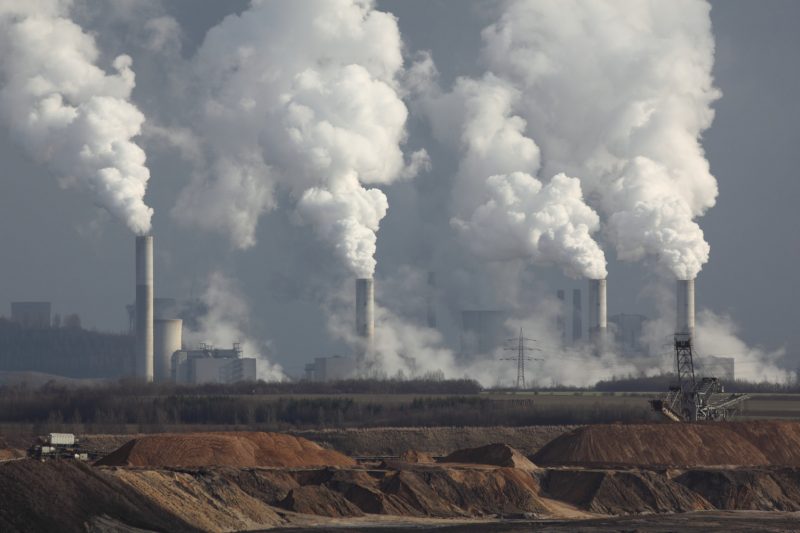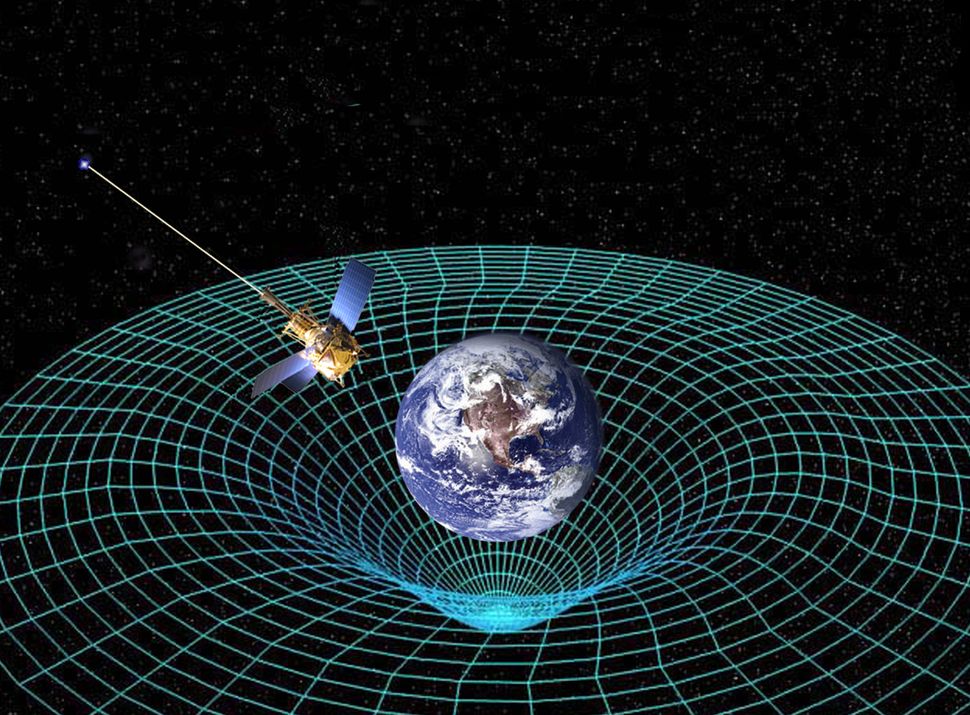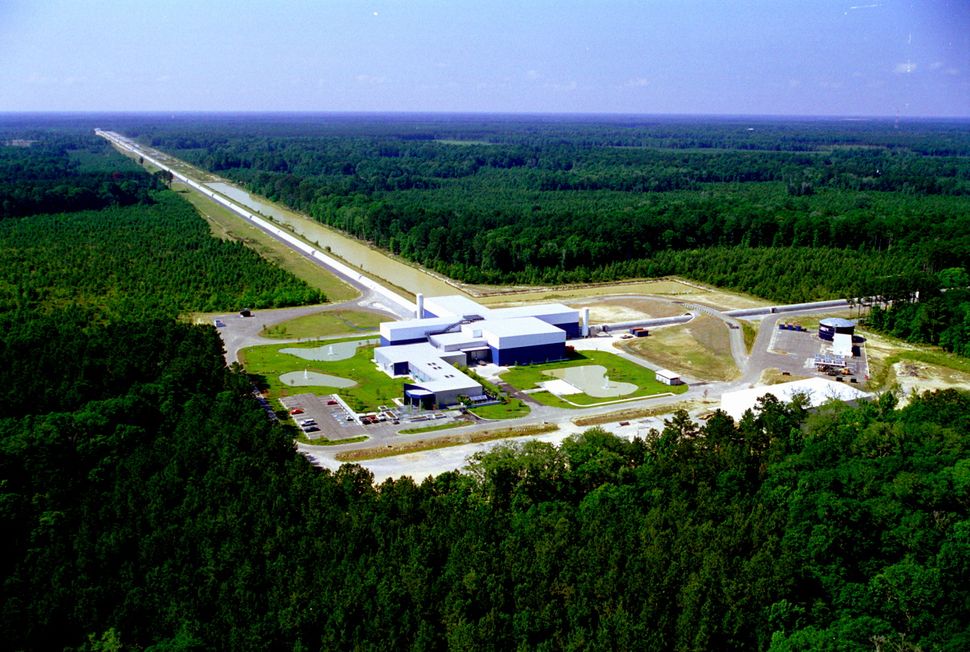May 2, 1800 - English chemist William Nicholoson along with Anthony Carlisle discovered electrolysis, the decomposition of water into hydrogen and oxygen by voltaic current. This was the first reaction to produce a chemical reaction by electricity.
The following is an interesting article about William Nicholoson published in Chemistry World, published by The Royal Society of Chemistry, on 1st August 2003.
Enterprise and electrolysis...
William Nicholson, born 250 years ago this year, founded a new journal and discovered electrolysis. Colin Russell elaborates.
This year is the 250th anniversary of the birth of a most remarkable Englishman. He was so diverse in his interests that to call him a ’chemist’ is rather too restricting (though some authors have done just that). Yet chemistry is lastingly in his debt, to say nothing of physics and engineering. Of all the discoveries he made, electrolysis is the most famous. They don’t come much more important than that. His name was William Nicholson and he lived from 1753 to 1815, the son of a London solicitor who practised in the Inner Temple.
The story of his life is briefly told. After education at a school in North Yorkshire, at the age of 16 Nicholson joined the East India Company, a private enterprise that virtually ran India in those days. He made several voyages in its service and then settled in India itself for a couple of years, returning to Europe in 1775. He was soon appointed commercial director for the pottery manufacturer Josiah Wedgwood in Amsterdam. This appointment did not last long, however, since Nicholson was tired of working for other people and was beginning to see the benefits of working for himself. With whatever fortune he had amassed from his overseas trading Nicholson returned to London and began to teach in a London mathematical school (possibly his own).
It was becoming clear, however, that school teaching was unlikely to satisfy Nicholson’s ambitions. He wanted to communicate, but on the grand scale. He had lots of ideas, a ready pen, enough money to invest in new ventures, and more than a smattering of the scientific ideas that were then fermenting in Europe and offering huge possibilities for exploitation and application. He would become what his contemporaries would call a ’projector’, though we might prefer the term ’entrepreneur’. To communicate science in new ways, to invent a host of interesting gadgets and scientific apparatus and to debate the hot scientific issues of the day, these were the objectives that spurred him on. Before long mathematics teaching was to fade into the background. He would write and publish.
Nicholson’s rate of publication was quite astounding. His first book, An introduction to natural philosophy, was published in 1781. Its two volumes soon made their mark as a competent exposition of the Newtonian ideas that had long dominated physics and were beginning to penetrate chemistry. The following year he published a new edition of Ralph’s Critical review of the public buildings, statues and ornaments in and about London and Westminster and also a translation from the French of a book by Ayder Ali Khan, New memoirs concerning the East Indies. By 1784 he had published his own book on marine navigation and in 1786 another on Parliamentary Acts preventing the export of wool.
By now Nicholson’s scientific competence was being recognised and in 1783 he was elected to one of the many informal London groupings of scientifically inclined people, the Chapter Coffee House Society. In due course he became its secretary. Meeting in Paternoster Row, the Society included the Irish chemist Richard Kirwan, Nicholson’s former employer Josiah Wedgwood, the engineer Matthew Boulton, the instrument maker Edward Nairne, and (as honorary member) Joseph Priestley. Several of these also belonged to the famous Lunar Society of Birmingham. Here he soon came face to face with the controversies then raging at the cutting edge of science, none more vigorously than in chemistry. Lavoisier, later to lose his head in the French Revolution, advocated a radical theory of the elements, with a new element called oxygen responsible for combustion. The notion that this involved an evolution of ’phlogiston’ was now discredited. Several leading opponents of the new theories attended the Coffee House. These were revolutionary times, politically and chemically.
As the 18th century drew to a close many were convinced that the key to chemical progress lay in a quantitative study of what were vaguely styled ’affinities’. Two French chemists who held that view were Antoine François de Fourcroy and Jean Antoine Chaptal. Nicholson, no mean linguist, proceeded to translate several of their works into English, adding comments of his own. He began with the second edition of Fourcroy’s Elements of natural history and chemistry (1788/9) and Chaptal’s Elements of chemistry (1791). He gave old trivial chemical names as well as the new systematic ones, though at that stage was less keen on the latter.
For chemistry, these were the dying days of the phlogiston theory of combustion, though supporters like Priestley had no idea that the end was so near. The alternative oxygen theory of Lavoisier could be challenged on many grounds and Nicholson found himself sitting precariously on the fence. On one hand he thought phlogiston was doubtful, and certainly rejected its alleged negative weight. On the other hand the theory did explain a lot. But when he introduced a translation of the French reply to Kirwan’s Essay on phlogiston (1789) Nicholson accused Lavoisier of ’an unwarrantable pretension to accuracy’. Elsewhere he challenged Lavoisier’s nomenclature. His suspicion of too much theory was thoroughly characteristic of the practical or ’Baconian’ approach to science then popular in England (after the philosopher Francis Bacon).
In that spirit Nicholson’s First principles of chemistry (1790) gave an impartial exposition of the doctrine of phlogiston alongside that of Lavoisier. His most famous book, A dictionary of chemistry, appeared in 1795. Although by now Nicholson was in favour of the new nomenclature he did not use it because he believed that the public ought to choose. This work was also remarkable in its use of some French chemical symbols, giving them a double page table with elements generally represented by marks within a circle, and compounds having square or triangular symbols. His definition of elements was thoroughly Baconian: ’simple substances relative to the present state of our knowledge, but in no other respect’. In other words the list of elements could change with time. This book was one of the formative works read by the young Humphry Davy and went through several editions.
Textbooks, however excellent, have their limitations. They cannot convey up-to-date information on current research. The great and the good could always publish their results in the austere Philosophical Transactions of the Royal Society, but lesser mortals were unable to do so and in any case the audience was inevitably restricted. So Nicholson the entrepreneur had a simple but brilliant idea: a popular science journal.
In April 1797 he founded the Journal of Natural Philosophy, Chemistry and the Arts, known ever after by its shorter name of Nicholson’s Journal (or just Nic. J.). Here was a vehicle for rapid publication where all aspiring authors could publish short papers, and where there were reports of scientific meetings at the Royal Society and elsewhere. Its authors included John Dalton, Thomas Thomson, Richard Phillips and others who were reluctant to publish in Philosophical Transactions. Over the years its ample pages included papers by Dalton on the atmosphere (1801) and on weather (1803) and discussions on them by Joseph Henry, John Gough and others. Even the great Berzelius sent him contributions from Sweden. Nor was Nicholson deterred from publishing over 60 papers of his own.
In 1803 Nicholson’s Journal reprinted an anonymously produced leaflet announcing a new metal ’palladium’. This was available at a Soho shop at about six times the price of gold. The announcement aroused much interest, and also much scepticism. A few months later the same journal carried an anonymous letter offering £20 to anyone who could produce palladium artificially - in the presence of three chemical witnesses to be nominated by the editor. Clearly Nicholson felt himself on the verge of a journalistic scoop. But no one seems to have come forward, and the mystery donor remained unknown (except that both anonymous contributions had the same handwriting).
Then, six months later, a paper was read to the Royal Society concluding that the ’palladium’ offered for sale last year was present in very small amounts in the crude ore of platina, and appeared to be an element. The author was W. H. Wollaston, who in February 1805 wrote to Nicholson admitting authorship of the anonymous communication to his journal. He wished to claim priority over others working on platina, though without disclosing his identity too soon. Since he could not publish anonymously in Philosophical Transactions he had reported to Nicholson’s Journal.
The journal was so successful that within a year a rival had been started by Tilloch, the Philosophical Magazine. For various reasons it was even more successful than Nicholson’s venture and began to overtake it. A second rival arrived in 1813 with Thomson’s Annals of Philosophy, in which year Nicholson gave up his editorship and the journal was discontinued.
However life for Nicholson was not all spent at the writing desk. In 1799 he opened a school in Soho for 20 pupils, and offered weekly lectures in chemistry. He also became a patent agent in Red Lion Square, and worked as an inventor. He devised a new hydrometer, worked on industrial machinery and even acted as a water engineer for the Portsea Island Waterworks Company.
His most important gadget was in the field of electrostatics. To detect a static electric charge in the 18th century Galvani had used frogs’ legs that twitched on receiving a charge. An electroscope with diverging gold leaves was more reliable, and had been improved by the so-called electric ’doubler’, a device invented by Abraham Bennet for roughly doubling the charge. Nicholson invented an improved doubler and this was applied by the Italian physics professor Allesandro Volta in his crucial experiments on charges induced by bimetallic contact. This gave far better results than frogs’ legs which by 1796 were off his menu. Nicholson’s doubler was also used by Bennet himself to detect charges on liquids like wines as they evaporated, which were opposite to those of their vapours. In the case of water he found the charges could be reversed by the simple process of spitting into it.
Meanwhile something far more important was afoot and was to change the whole fabric of physical science. The electrical effects obtained by placing two different metals in contact had led to the momentous invention of Volta’s Pile, consisting of copper and zinc (or other metals) sandwiched between pads of moist material with many such units on top of each other. The effect was, for the first time in history, a method for obtaining a continuous electric current. This first electric battery was described in a letter from Volta dated 20 March 1800 to the President of the Royal Society, Sir Joseph Banks ’On the electricity excited by the mere contact of conducting substances of different kinds’.
On receipt of the letter Banks was also excited. It had to pass through France, which was then at war with Britain, and Volta seems to have expected problems of communication. Possibly for that reason he sent his note in two parts. While waiting for the second part Banks showed the first few pages to Anthony Carlisle, a London surgeon. He began trying to repeat Volta’s experiments immediately. Humphry Davy said Volta’s work was ’an alarm bell to experimenters all over Europe’ and Carlisle was the first to prove him right.
At this point enter a friend of Carlisle, William Nicholson. Together they replicated Volta’s experiments, using Nicholson’s doubler to show charges on the upper and lower plates. This meant that they had to connect them to the electroscope, and it was not easy to maintain a good contact. To overcome this little problem they added a drop of water to the uppermost disc and inserted the wire in that. They were surprised to note the appearance of a gas, soon shown to be hydrogen. They then took a small tube filled with water from the New River (an artificial channel completed in 1613 to bring water from Hertfordshire to the City) and inserted wires from the Voltaic pile at each end. To their astonishment the other suspected constituent of water, oxygen, did not appear at the same place but at the other wire ’at a distance of almost two inches’. They had discovered electrolysis.
Waiting till the rest of Volta’s letter had arrived and been presented to the Royal Society, Nicholson and Carlisle decided to publish their results, and where better than in Nicholson’s Journal? This humble periodical was the means for conveying to the world a discovery that led to a new science: electrochemistry. Quickly it published many other results in this field, including descriptions of the Voltaic pile with DIY instructions for making one, and early papers on the subject by Humphry Davy.
Not all readers were convinced that actual decomposition had taken place, especially those who had doubts about the new chemistry. Hydrogen and oxygen might be compounds of water with (respectively) positive and negative electricity, they thought. But it did not take long for doubters to be convinced, and Lavoisier’s chemistry received an additional boost. Within a few years electrolysis had been used by Davy to isolate sodium, potassium, calcium, strontium, barium, magnesium and lithium. Chemistry would never be the same again.
In three ways Nicholson was at the centre of this scientific revolution at the dawn of the 19th century. He seems to have been a more able experimenter than his surgical friend, and he actually suggested the crucial experiment with New River water; his improved ’doubler’ was an essential tool in their investigations; and it was his journal that carried almost all the new work on the infant science of electrochemistry. Yet such were the vicissitudes of fortune felt by many ’projectors’ at that time that Nicholson saw little material gain from all his efforts. Like Boyle’s chemical mentor George Starkey he even spent some time in a debtor’s prison. Two years after the collapse of his journal he succumbed to a long illness at Bloomsbury on 21 May 1815. The Gentleman’s Magazine observed ’he lived in trouble, and died poor’. He shared that fate with another scientific contemporary, the 9th Earl of Dundonald, and like him left a science immeasurably enriched by his work.
Sources -
- Pacific Science Center
- Wikipedia
- Chemistry World (https://www.chemistryworld.com/news/enterprise-and-electrolysis/3001445.article)











